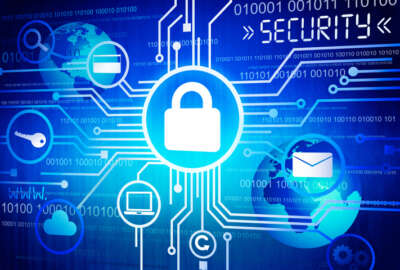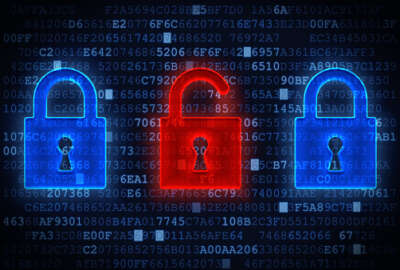
Five challenges feds face to adopting Internet of Things
Early adopters hail the potential of Internet of Things, but no one is willing to commit until some very serious challenges are overcome and certain policies are...
The federal response to the Internet of Things is two-sided, optimistic yet cautious. Early adopters hail the potential for major advancements in public safety, health, energy use, and military capabilities. But few are willing to commit until industry overcomes some very serious challenges and agencies address certain policies governmentwide.
“There are a number of challenges preventing greater adoption of the Internet of Things among federal agencies,” said a report released by the Information Technology and Innovation Foundation’s Center for Data Innovation July 25. “Agency adoption of the Internet of Things will likely remain low unless important changes are made to encourage adoption across the federal government.”
The report details five specific challenges to federal adoption of IoT:
- Lack of leadership
- Lack of technical skills
- Lack of funding
- Incompatible procurement systems
- A low threshold for risk.
In short, no one knows for certain quite how to make it work, and everyone is waiting to see what happens to the first one to try, ITIF stated.
But the report doesn’t stop short after pointing out the problem. It offers recommendations for the federal government to start promoting IoT.
First, it calls for the federal Chief Information Officer’s Council to create an IoT taskforce to fill the leadership gap. It also called for the General Services Administration to create an “IoT Corps” specifically to work on projects throughout government.
For individual agencies, it recommended developing a plan for how they intend to implement IoT, including goals for reducing costs and improving services, and the creation of a chief data officer to oversee infrastructure improvements, so agencies are actually prepared to make use of the data being collected.
The report also recommended the federal government reach outside to state and local governments to support IoT pilots, and the private sector to encourage improvements in privacy, security and interoperability–three major concerns for agencies.
Regardless of these challenges, early adopters in certain agencies have begun using IoT in certain situations, especially in defense agencies, the report said.
The Defense Department has found a number of uses for IoT, including connecting technologies to increase battlefield awareness, for inventory management and to improve health care.
The military collects data in a number of ways, including cameras and sensors, satellites and drones, and the soldiers themselves. One example is the F-35 Joint Strike Fighter, a networked fighter jet that incorporates sensors that continually collect data to improve situational awareness. The plane’s systems analyze the data and feeds it to the pilot using a personalized dashboard.
The military also is using IoT to improve its inventory management by tracking supplies through connected devices such as fuel tanks to monitor usage in real time. It also is using intrusion detection devices when shipping supplies through high risk areas to reduce theft.
The Defense Health Agency is researching how to implement wearable technologies to gather real-time data on soldiers’ health and well-being, including vital signs and sleep quality. These devices also could be used to identify injuries and treatments before the soldier even leaves the battlefield. Additionally, the Army is equipping helmets with sensors to record data about head injuries to better treat traumatic brain injuries.
The military is not the only federal intersection of health IT and IoT, however.
During a July 26 FedInsider IoT webinar, Dr. Joseph Ronzio, deputy chief health technology officer for the Veterans Health Administration, said VHA and other healthcare organizations could use IoT to improve care.
With some regulation on reliability and accuracy, wearable technologies and biometric sensors could provide the VHA with massive amounts of health data. But that leaves the agency with some questions to answer: where to store, how to integrate, and how to use the data?
Once those questions are answered, he said, the potential is huge. Location based public health initiatives and remote monitoring can vastly improve preventive measures through programs like localized immunizations and heart attack prevention.
Copyright © 2025 Federal News Network. All rights reserved. This website is not intended for users located within the European Economic Area.
Daisy Thornton is Federal News Network’s digital managing editor. In addition to her editing responsibilities, she covers federal management, workforce and technology issues. She is also the commentary editor; email her your letters to the editor and pitches for contributed bylines.
Follow @dthorntonWFED





